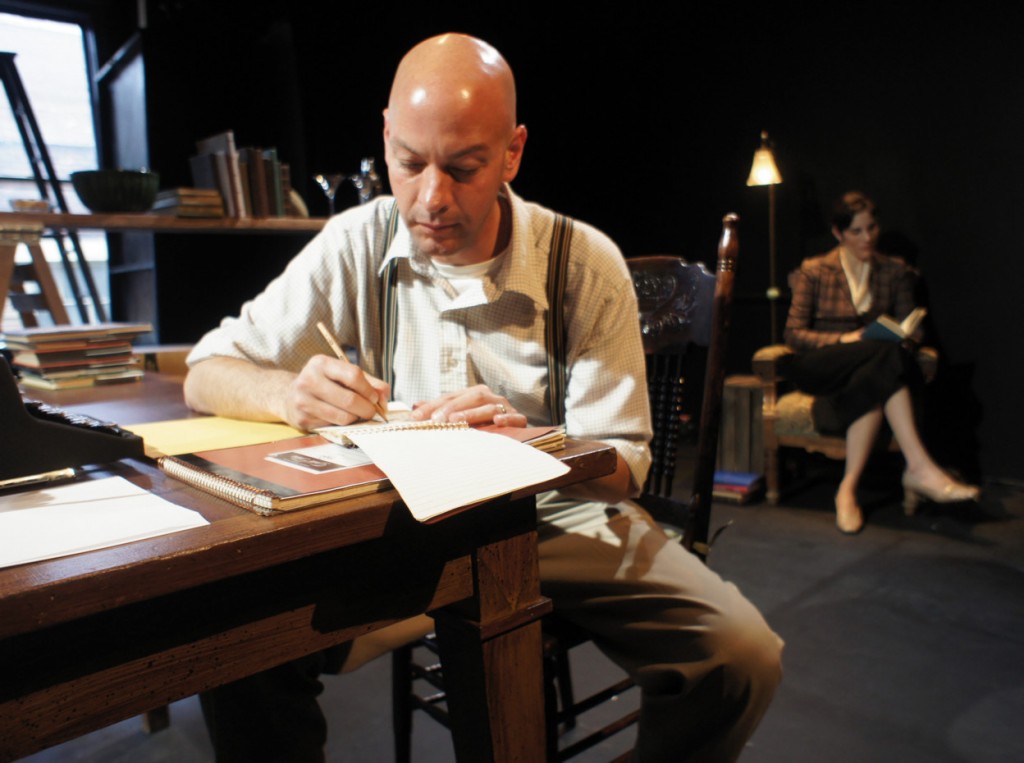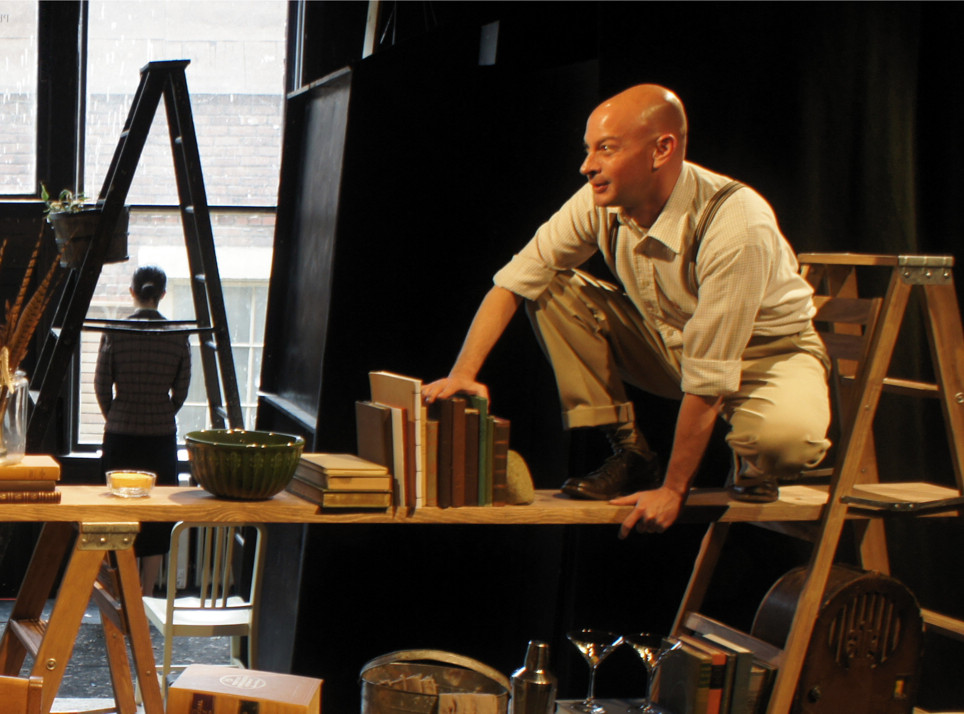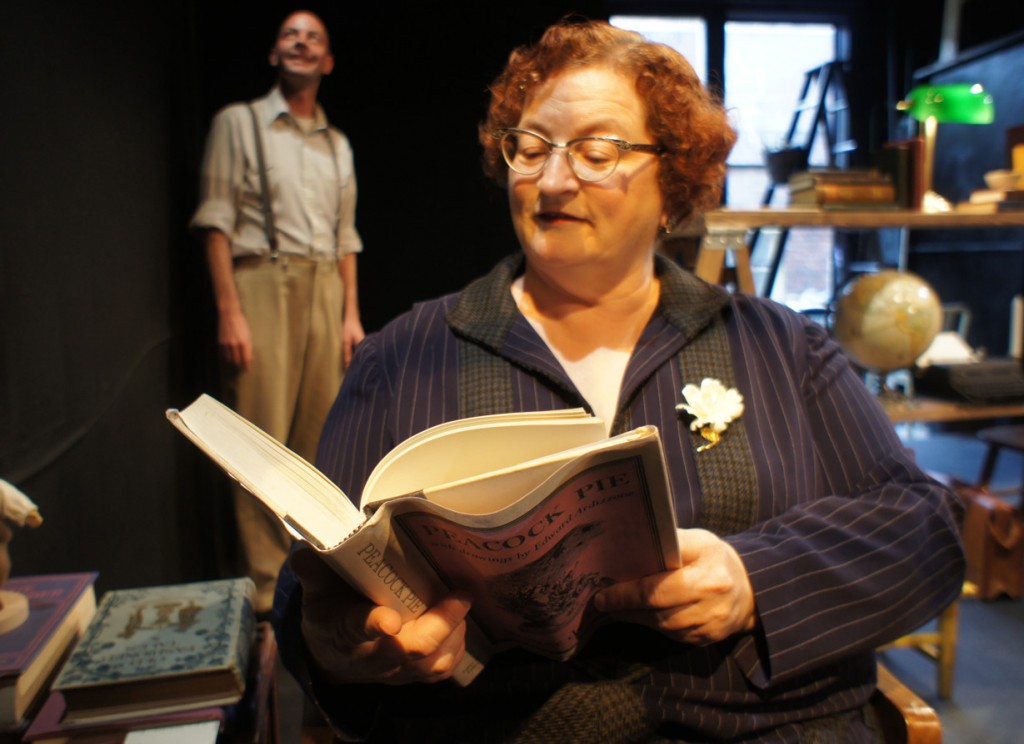Little Book
︎
Sometimes in writing
in writing of myself
which is the only subject anyone knows intimately
I have occasionally had the exquisite thrill
of putting my finger on a little capsule of truth
and heard it give a faint squeak of mortality under my pressure.
An antic sound.


SYNOPSIS
It’s the late 1930s. EB White is doing everything but finishing the first draft of Stuart Little. His wife, Katharine, is trying to adjust to life in the backwoods of Maine, far from her high powered job as the first female editor at the New Yorker. And Anne Carroll Moore, from behind the walls of her children’s library empire at the New York Public Library, is not at all sure she approves of what’s going on outside.
Little Book is a comedy about the written word. That is: it’s about procrastination, disappointment, hypochondria, unrequited love, and blind hope. It’s about why the semicolon is way sexier than the dash. And why children’s literature matters.


PRODUCTION HISTORY
Little Book was produced by the for/word company. It premiered in 2011 at The Little Theatre (Seattle) and was revived in 2012 at LexArts (Lexington, KY). Scenic and lighting design by Brad Steinmetz. 2011 direction by John Schmor; 2012 direction by Jennifer Schlueter.


REVIEWS
Nancy Worssam (author, ArtsStage/SeattleRage; reviewer, the Seattle Times) called Little Book “Too good to miss,” “incredibly clever,” and “delicious.”
José Amador (arts editor, Seattlest) called Little Book “a diminutive gem,” “ruminative,” and “an intelligent script that continues to offer rewards long after it ends.”
Constance Lambson (Sun Break) called Little Book “a charming, humorous–and occasionally slightly creepy–examination of ‘procrastination, disappointment, hypochondria, unrequited love, and blind hope.”
ABOUT THE PLAY
In keeping with the for/word company’s creative technique, Little Book is based in the historical record. The text is constructed exclusively from the fiction, essays, memoirs, letters, and poetry by E.B. White, Katharine White, and Anne Carroll Moore, including among them: Charlotte’s Web, Stuart Little, One Man’s Meat, Second Tree from the Corner, Letters of E.B. White, Is Sex Necessary?, Onward and Upward in the Garden, The Art of Beatrix Potter, Roads to Childhood, Reading Without Boundaries, Century of Kate Greenaway, Nicholas: A Manhattan Christmas Story, Writing and Criticism, and the original “little book,” Strunk and White’s Elements of Style. It also draws from articles and books about E.B., Katharine, and Anne by Roger Angell, Linda H. Davis, Scott Elledge, Nancy Franklin, Louis Menand, Nan Robertson, Frances Clarke Sayers, and William Shawn. This piece was directly inspired by Jill Lepore’s essay, “The Lion and the Mouse,” in the 21 July 2008 New Yorker. A background interview with Schlueter is available here.
